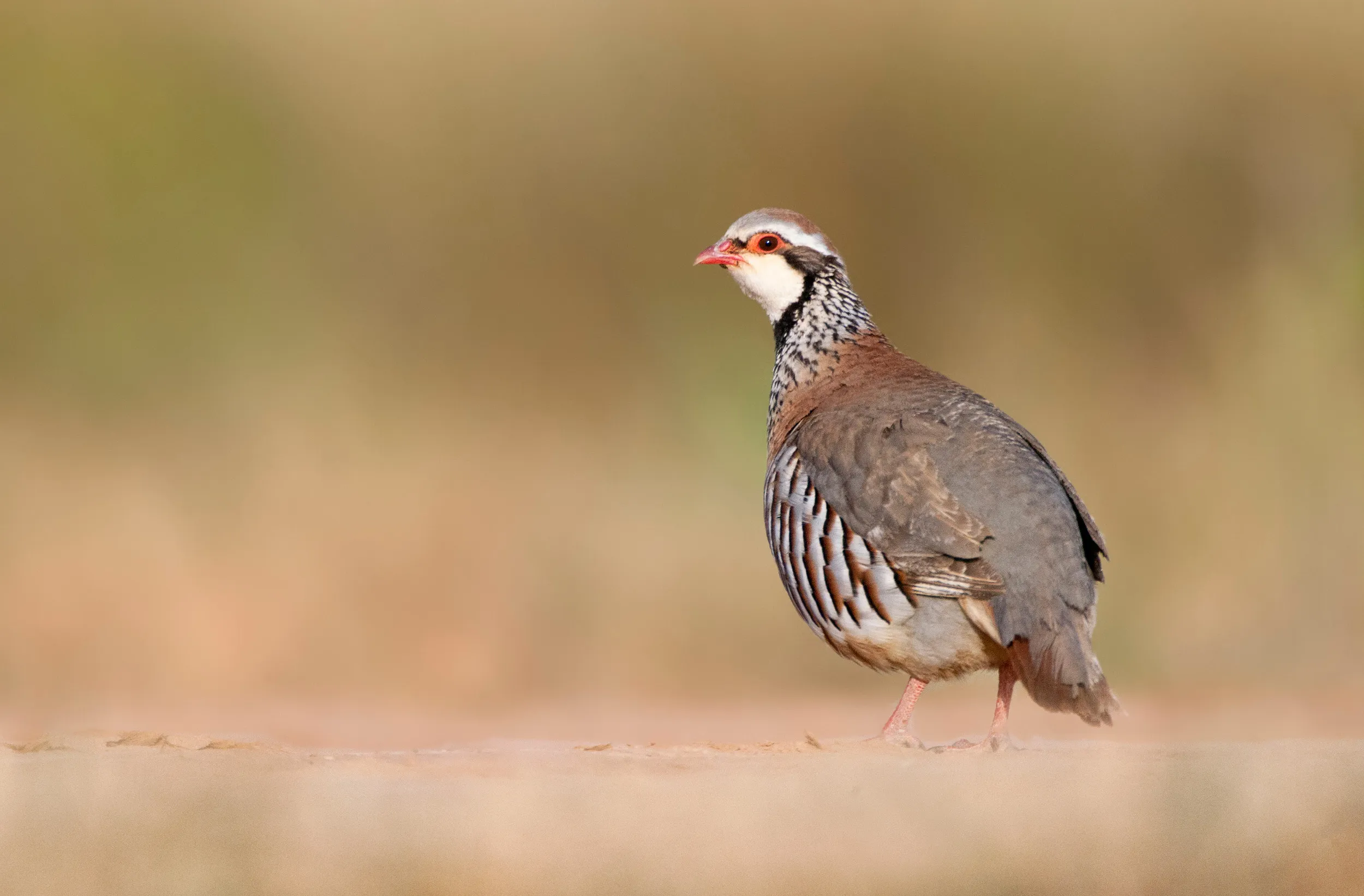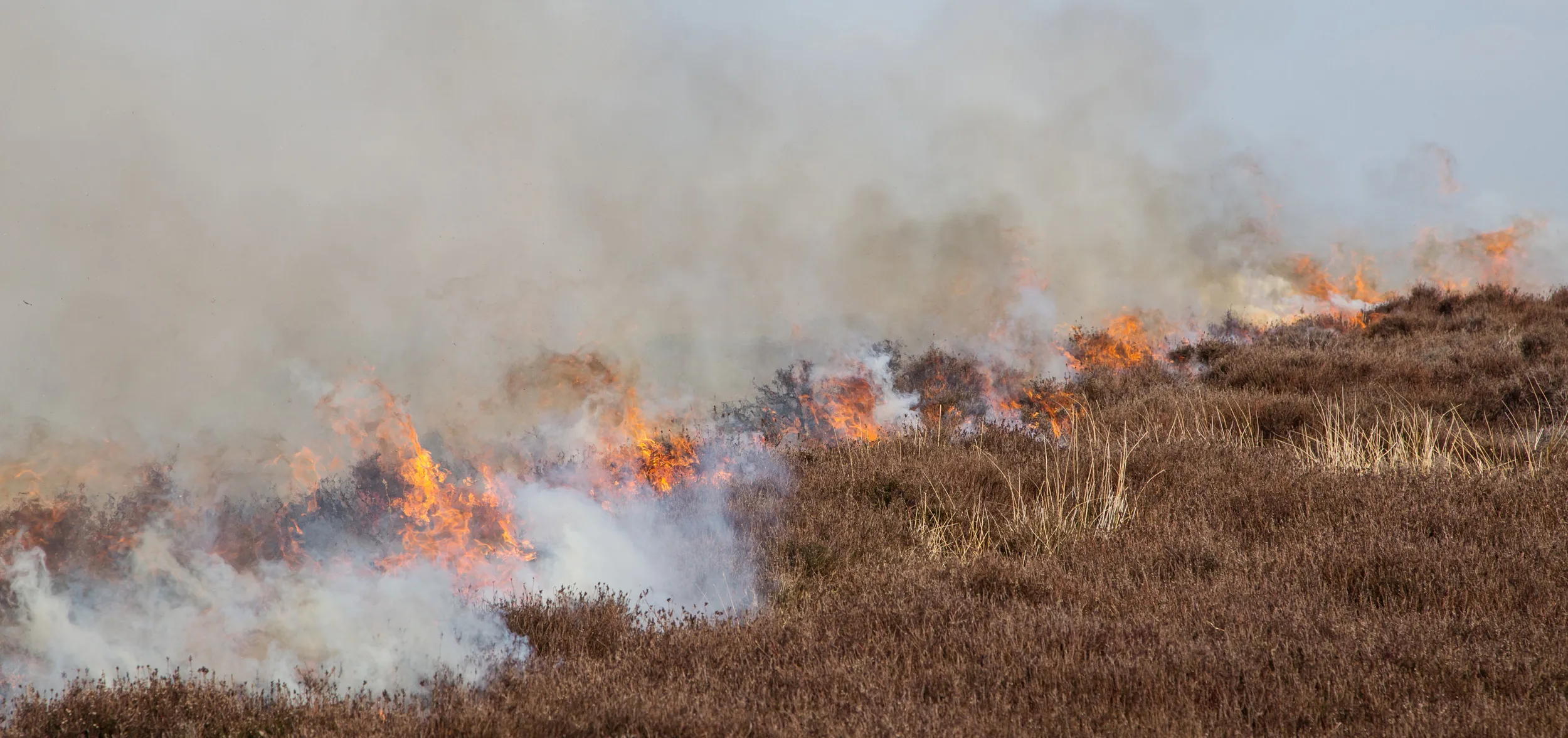Game bird shooting - laws and impact
Find answers to some of the most commonly-asked questions about game bird shooting, a break-down on how this activity can harm nature and the action we’re taking.

On this page
Your guide to gamebird shooting – laws and its impact
Where we stand on gamebird shooting and what we’re doing to help minimise any potential harm to precious natural environments.
Read on for answers to some of the most commonly-asked questions about gamebird shooting, as well as a break-down on how this activity can harm nature, and the action we’re taking.
Gamebird FAQs
What is gamebird shooting?
Gamebird shooting is the shooting of gamebirds. A gamebird is any bird which is shot for sport excluding swans, ducks and geese, but the term usually refers to grouse, pheasants and partridges.
Shooting is widespread in the UK. In lowland areas, the biggest shoots involve Pheasants and Red-legged Partridges, with tens of millions of these non-native birds released into the countryside each year.
In upland areas, the birds shot are mostly wild Red Grouse. There are two types of grouse shooting:
-
Driven where the grouse are ‘driven’ across a line of concealed guns by a line of people (beaters) walking toward the guns)
-
Walked-up where the ‘guns’ walk across a moor (in a line) with dogs, shooting the grouse when they flush them.
On moors where driven shooting is carried out, habitats, grouse predators and grouse disease are managed intensively.

Why is the RSPB not against gamebird shooting in general?
The RSPB is neutral on the ethics of shooting, but we can and do speak out if the practices associated with shooting are found to be causing serious harm to wildlife and to the environment.
What is considered legal killing?
The legal control of predators such as foxes, weasels, stoats and crows is routine in gamebird shooting and legal under UK laws. While all wild birds are legally protected, bird species can be legally killed under both general and individual licences. Schedule 2 species, under the Wildlife and Countryside Act 1981, can be killed outside the close season. Most mammal species can be killed with no regulation.

What is a general licence?
General licences allow the legal control of bird species of low conservation concern to protect public health and safety, prevent serious damage and disease, to conserve wild birds and, in England, flora and fauna of conservation concern.
You do not need to apply for a general licence. If you’ve read, understand and abide by the terms and conditions, you can legally use a general licence to control specified bird species for specified reasons.
Gamebird shooting and the environment
The facts about intensively-managed gamebird shooting
For many years, we have been concerned with the impacts of two of the most intensive forms of shooting: driven grouse, and the high-density release of Pheasants and Red-legged Partridge for shooting. Our studies have identified that various key practices are causing particular ecological harm, with implications for both biodiversity and the climate emergency. The big issues: the illegal killing of birds of prey, the use of lead ammunition, the burning of peatland habitats and the release of millions of non-native Pheasants and Red-legged Partridges into the natural environment.
Not all shoots or forms of shooting are harmful in these ways, and without doubt, some associated management practices do benefit other wildlife. However, we believe it is now time to regulate the gamebird shooting industry with the aim of bringing to a close the illegal and unsustainable management practices associated with driven grouse shooting and the uncontrolled release of pheasants and Red-legged Partridge.

What we’re doing
The RSPB has been looking carefully at the issues surrounding intensively-managed gamebird shooting. After a review of all of the evidence, we urgently want to see new regulation and better enforcement of existing laws for the most intensive forms of gamebird shooting in the UK which, if breached, would result in sanctions, including losing the right to shoot. Namely driven grouse shooting, and the practice of releasing tens of millions of non-native pheasants and Red-legged Partridges into the countryside each year.
We propose the introduction of a system of licensing for driven grouse shooting. This would set minimum environmental standards which, if breached, would result in losing the right to shoot. At the AGM in October 2020, we committed to make an annual assessment of progress toward achieving our objective and to further review our position within 5 years. Failure to deliver effective reform will result in the RSPB calling for a ban on driven grouse shooting.
We also propose the introduction of a system of licencing for the release and shooting of non-native gamebirds with mandatory reporting of movement and releases, unless a plan for substantial environmental improvements can be delivered within the next 18 months.
We are also asking for unsustainable practices to end, and for damaged land to be restored and managed in a manner that benefits wildlife and people.

Protecting uplands
Our uplands may be out of sight for many of us, but if they are poorly managed, it has a massive impact not only on wildlife, but on our wider environment, our global climate obligations, and even the very water that we drink. We know that restoring our uplands can have wide-ranging benefits: the RSPB has been carrying out this work on our nature reserves for decades. Now we are calling on everyone who looks after these special landscapes, to work together to ensure they stay special for generations to come.